Unlocking Business Success: The Importance of Understanding Yourself and Your Personality
Understanding yourself and your personality is crucial for running a successful business.
Self-awareness can help you identify your strengths and weaknesses, which can inform your decision-making and help you identify opportunities for growth. By understanding your personality traits, such as your communication style, work habits, and leadership style, you can better manage your employees, communicate effectively with clients, and build stronger relationships.
Additionally, understanding yourself can help you identify areas where you may need to delegate tasks to others or seek outside help, which can ultimately lead to better outcomes for your business.
We use the DISC model to assess the personality of each client in order for us to understand what might be best for that individual.
What is DISC?
DISC is a model that describes four dominant personality types: Dominance, Influence, Steadiness, and Conscientiousness.
Each type has its own set of strengths and weaknesses, and understanding these can help us better understand our own motivations and behaviours when it comes to setting and achieving goals.
It's crucial to recognize that each person is unique, and our behaviour is just one aspect of our multi-layered personality.
If we consider the four DISC styles like a mixing desk, each of us will have our faders set at different levels. However, recognising our dominant DISC style or styles can enable us to delve deeper when contemplating goal-setting as individuals.
Your strengths and weaknesses
Let’s start by exploring the strengths and weaknesses of each of the 4 styles:
1. Dominance (D): Individuals with a dominant style tend to be assertive, decisive, and results-oriented. They are often natural leaders who are not afraid to take risks and make tough decisions. Strengths include their ability to set ambitious goals and stay focused on achieving them. However, their weaknesses may include a tendency to overlook details and rush into action without considering all the consequences.
2. Influence (I): Individuals with an influential style tend to be outgoing, optimistic, and persuasive. They excel in social situations and are skilled at building relationships. Strengths include their ability to inspire others and generate enthusiasm for their goals. However, their weaknesses may include a tendency to overcommit and prioritize socializing over work.
3. Steadiness (S): Individuals with a steady style tend to be patient, dependable, and supportive. They value stability and harmony and are skilled at collaborating with others. Strengths include their ability to maintain a calm and steady approach to achieving goals. However, their weaknesses may include a tendency to avoid conflict and resist change.
4. Conscientiousness (C): Individuals with a conscientious style tend to be detail-oriented, analytical, and precise. They value accuracy and quality and are skilled at planning and organizing. Strengths include their ability to create well-structured and thoughtful plans for achieving their goals. However, their weaknesses may include a tendency to be overly critical and perfectionistic, leading to procrastination and difficulty making decisions.
It's important to note that no style is better or worse than any other, and each style has its own unique strengths and weaknesses. When setting goals, individuals should consider their own style and try to leverage their strengths while mitigating their weaknesses. Additionally, it can be helpful to work with others who have complementary styles to achieve a more balanced and effective approach to goal-setting.
Do any of the styles resonate with you?
How can you use your strengths and weaknesses to help you achieve your goals?
Look for patterns in your past where your strengths have enabled you to succeed - now set your goals that lean in to your natural strengths.
In terms of your weaknesses, be honest with yourself about where you need improvement.
Consider what obstacles you may face in achieving your goals due to your weaknesses. Identify goals that challenge you to improve in areas where you are weak. Develop strategies and tactics to overcome your weaknesses, such as seeking guidance from a mentor or using tools and resources to improve
By using your strengths to achieve your goals and addressing your weaknesses to overcome obstacles, you can set realistic and achievable goals that lead to greater success and personal fulfilment.
Would you like to learn more about your DISC profile? Get in touch with a coach for more information.
Would you like more support to skyrocket your business's growth?
We got you! Click here to find out about our Growth Club membership
